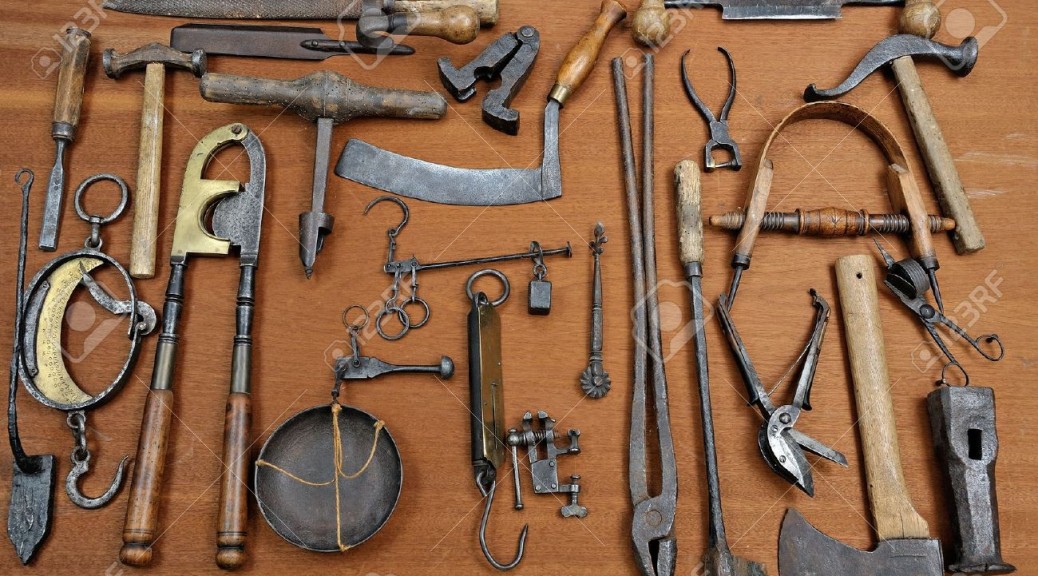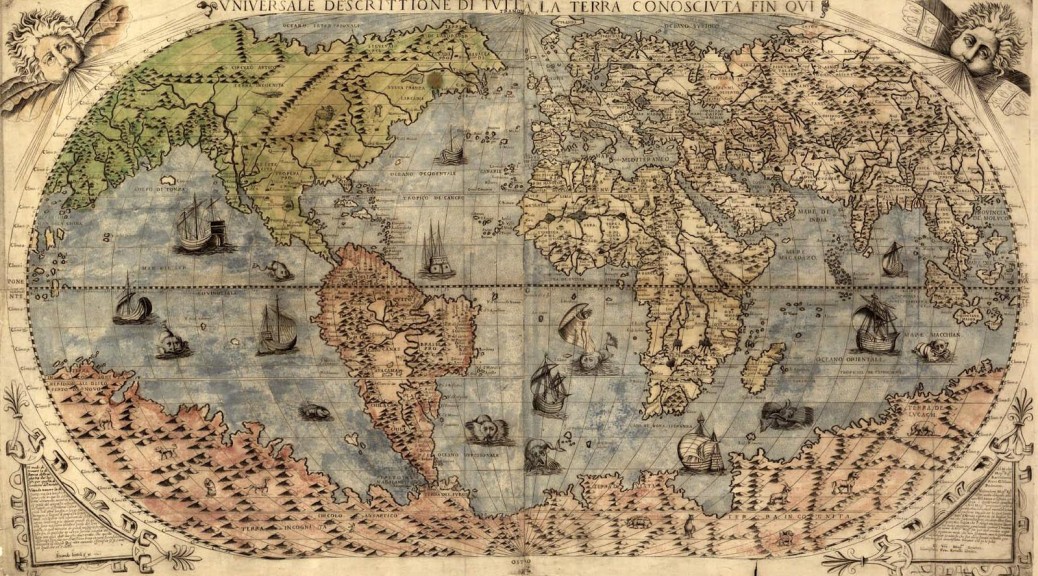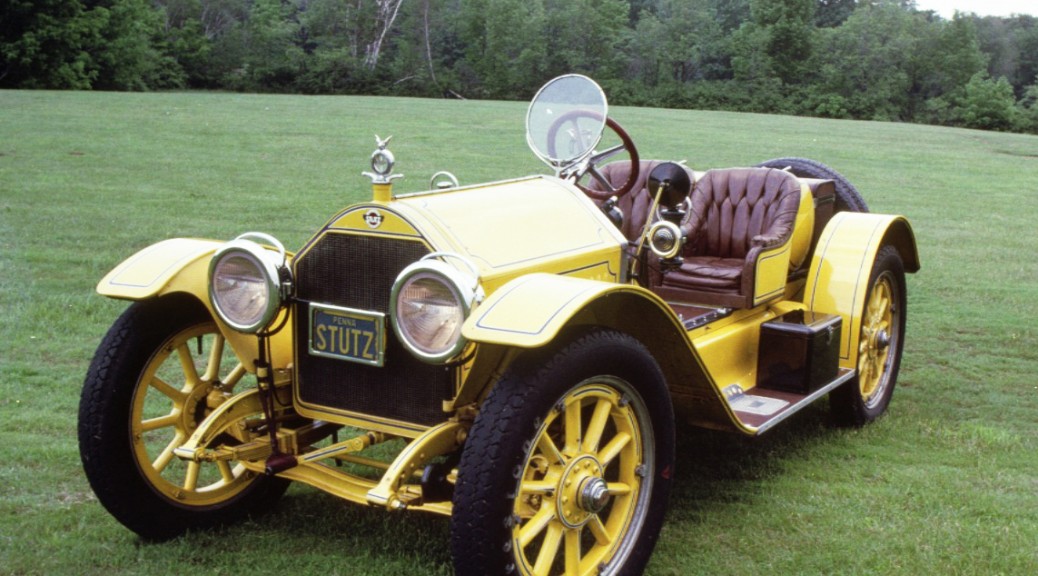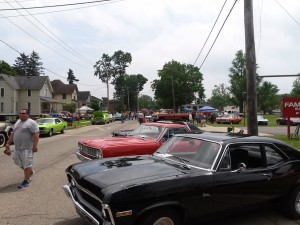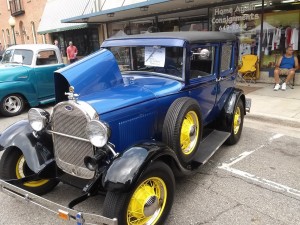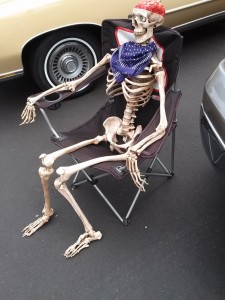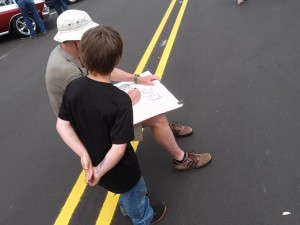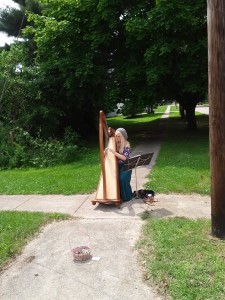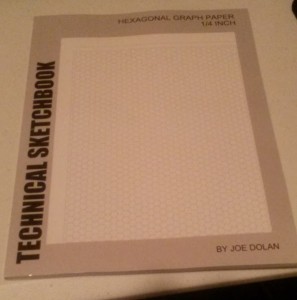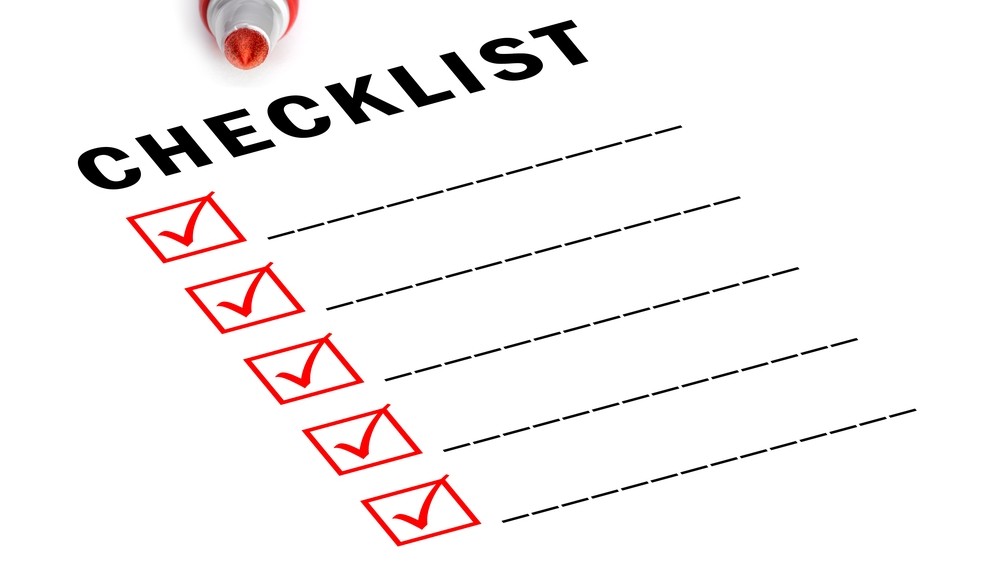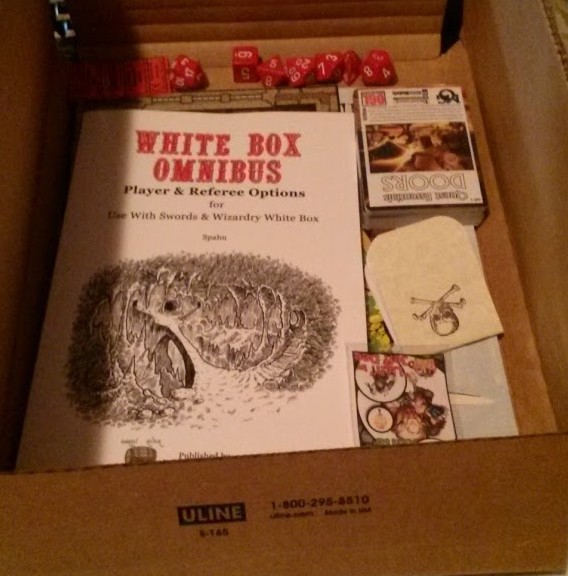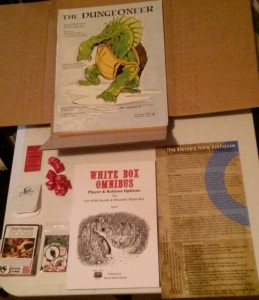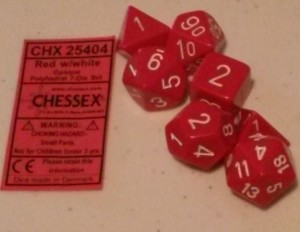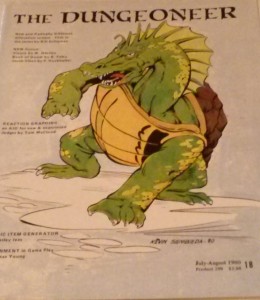This article started as a comment to +Erik Tenkar’s post at Tenkar’s Tavern about vetting Kickstarters. That is, he is planning to look at RPG related Kickstarters and share if he sees warning signs about potential train wrecks. On the plus side, it will help highlight the ones most likely to be worth the risk.
I think that is a good idea. The RPG crowd should work together to encourage those with good ideas to be successful before they launch their Kickstaters (or other online funding drives). Proper planning and allowing for timing variables and the unexpected before jumping in. I think those who are strong in the creative aspect and have little or no planning/scheduling skills should find someone to join their team, or spend the time to learn those skills.
Erik has written a sort of things to avoid with Kickstarters in the past. Perhaps putting together a PDF of what has worked in the past, what hasn’t worked, and let the creators know these are the criteria for the vetting posts.
His Note on the Pedion Kickstarter is helpful but brief. [I don’t have miniatures, and am working to downsize stuff I don’t use. The stuff on my downsize list takes up many times what my RPG space occupies.]
I think those of us that either read Erik’s posts about Kickstarters, or who have backed Kickstarters, or both, know that miniatures as add-ons, and shwag for stretch goals can kill a project. Just as much as unrealistic timelines and not planning for shipping, taxes, and Kickstarter fees.
Perhaps a PDF linked to the right. Feedback from those who ran successful Kickstarters or links to examples of well run campaigns would be good. I liked the advice from the NTPRG panel +Richard LeBlanc, of New Big Dragon/SavevsDragon, who shared the audio yesterday.
It would be great to get poorly planed & executed Kickstarters on the right track before they start, so those with a good track record don’t get a black eye from guilt by association.
I don’t mean to discourage good ideas, or halt creativity. But good intentions aren’t enough to make a Kickstarter a success.
The old adage of under promise and over deliver is appropriate. At the bare minimum, do what you said you would do. Doing more is great, not meeting the minimum of what you said is failure.
I am sure that there are others in the RPG hobby, like me, who have dreams of publishing our own content someday. For many of us, it may only be a dream, but it we take the steps to do it or share it, we should do it in a way that adds value to the hobby; and not leave one looking like a cheating money grubber, or total incompetent.
Before I attempt even something as “simple” as a PDF on DriveThruRPG/RPGNow, I know that I have a lot I need to learn, on top of writing, revision, and editing any such product. Even a free product says a lot about one’s capabilities and integrity. Rising to the level of a Kickstarter, one has to make that a job and put in a lot of time before even considering clicking the launch button. From what I have seen of Kickstarters that succeed vs. those that failed, those that put in the time and effort up front to get all their ducks in a row, tend to succeed. Simply put, those that PLAN to succeed will succeed if they are backed.
My definition of a successful Kickstarter is one that delivers in the time frame listed, or adjusted time frame clearly and timely reported to backers.
Those Kickstarters that should have been successful and weren’t tend to be the ones that add unrealistic stretch goals that they have not researched and planned as meticulously as everything else. Or to have a major player in the product wig out after leading the team to believe they were working on it this whole time, so things just get worse.
The team involved matters. If you or someone on your team has health issues, especially mental health issues, either get their part out of the way before launch, or they should be gracious enough to bow out before they screw over their team. [There is no shame in having mental health issues. However, if you know about your issues, you should be professional and courteous enough to share with your team and build that into your plan.]
Accidents happen. As someone who survived a major car accident many years ago, I know how quickly one can leave this mortal coil. {I don’t recommend sleeping and driving at the same time.] If something like that happened, what would happen to delivery? To my knowledge, there is not a situation like this, but it would not surprise me if a major actor in a funded Kickstarter dropped dead, what would that do? I think that is another argument for getting more done before clicking the launch button.
If you do a Kickstarter, you should act like it is your job, and put the required amount of effort into it. The most successful Kickstarters have the text complete, and maybe only need the final layout done. Those that put their own money into it up front to get a jump on things, which also save headaches.
Communicate any delays with your backers. Have a tool, whether a calendar, notebook, spreadsheet, or scheduling app to track where you are in the project. If your project funds on the first day, forget stretch goals and make sure the object of the Kickstarter is DONE or well on it’s way by the time the funding deadline hits and you get your funds.
The bar for someone’s first Kickstarter is very high. Some individuals have the skills to do it all on their own. If you are not one of those individuals, you need to either hire or acquire those skills to fill in the gap.
I hope that we see all the scoundrels ignored and wasting their time and soon give up, so that the true gems shine out and we can gain the benefit of the good stuff!



